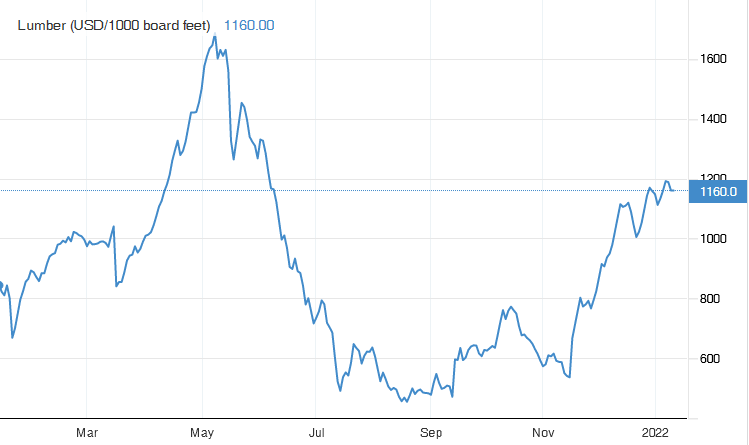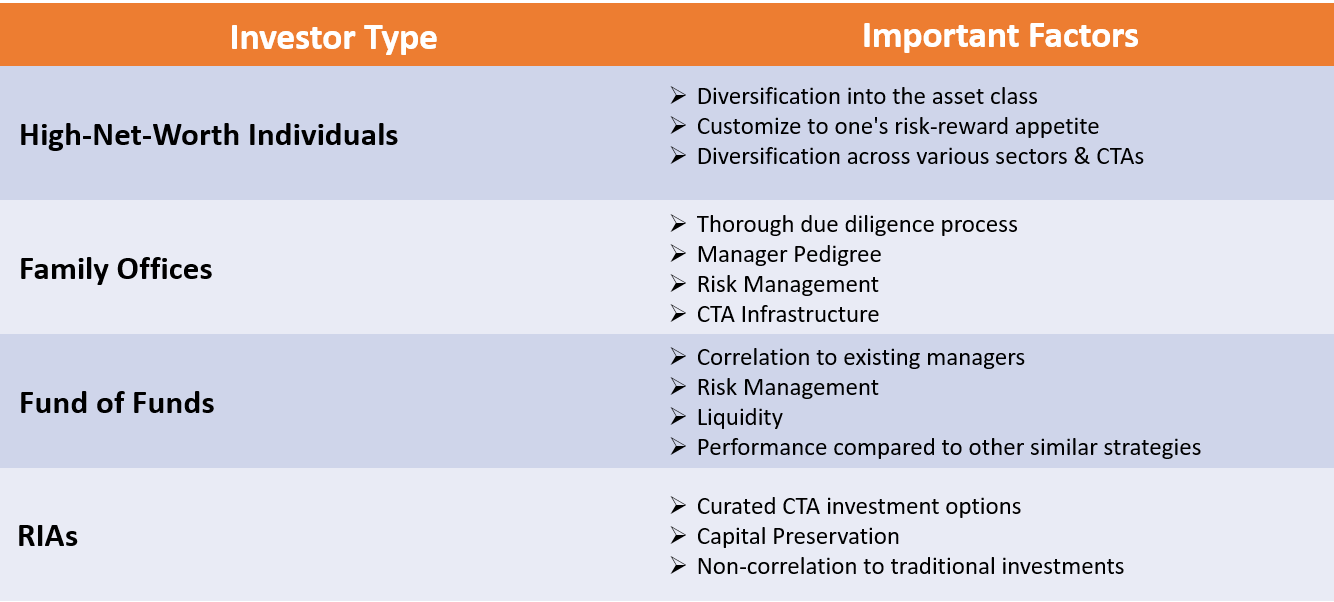
It is crucial to learn how to research stocks if you want to find the best investment option. Blue-chip stocks can be a good choice because they are safe and have a track record of paying dividends. Stock research requires that you examine the financial statements. The balance sheets will reveal how much cash and debt the company has. This document will help you decide if the company is a safe investment.
Investing to the company's long-term success
Investors are asking themselves how to invest in the long-term potential of a company. The answer will depend on the investor's expectations. If the target is a year from now, then investing in a growth company is a wise decision. A year from now is the best time to invest in a company. The growth rate of a company will slow down over a longer time period, but it is more likely to grow.

Using financial statements
Researching a stock using financial statements can be difficult, especially for new investors. Investors can use financial statements to determine if a company is financially sound. These statements are used by investors to help them make trade decisions. Investors also consider company characteristics such as earnings history, cash flow, and other factors. These financial statements also give traders a good idea of a company's future prospects.
Evaluation of the management style of the company
There are many aspects to be aware of when evaluating the management of an organization. In the first place, make sure that the promoters do not play with investor money. Also, regulatory issues should be examined. The company's remuneration should also be evaluated. Different companies give their key employees different rewards. Consider a company that has reduced its share of promoter shares.
Industry statistics
If you are a novice investor, a good way to start investing is by analyzing a company's past stock prices. Although a stock price can only give you an overview of the company's performance in the past, historical data can provide a better picture of how it has performed over the years. This data can also tell you a lot about the leadership of a company, which can affect its stock value.

Using stock screening tools
Using a stock screening tool to research a stock is a useful method for performing quantitative analysis. This method allows you to search stocks based on a variety of parameters, including price-to-earnings ratios, earnings growth rate, and more. Screeners are different from other methods. They focus on quantifiable variables and performance ratios. This is not a good way to find the best products.
FAQ
What is a REIT?
A real estate investment Trust (REIT), or real estate trust, is an entity which owns income-producing property such as office buildings, shopping centres, offices buildings, hotels and industrial parks. These publicly traded companies pay dividends rather than paying corporate taxes.
They are very similar to corporations, except they own property and not produce goods.
How are shares prices determined?
Investors set the share price because they want to earn a return on their investment. They want to make profits from the company. They then buy shares at a specified price. If the share price goes up, then the investor makes more profit. If the share price goes down, the investor will lose money.
An investor's main goal is to make the most money possible. This is why they invest. This allows them to make a lot of money.
How can I invest in stock market?
You can buy or sell securities through brokers. A broker can sell or buy securities for you. When you trade securities, brokerage commissions are paid.
Banks charge lower fees for brokers than they do for banks. Banks offer better rates than brokers because they don’t make any money from selling securities.
To invest in stocks, an account must be opened at a bank/broker.
A broker will inform you of the cost to purchase or sell securities. This fee is based upon the size of each transaction.
Ask your broker:
-
Minimum amount required to open a trading account
-
How much additional charges will apply if you close your account before the expiration date
-
what happens if you lose more than $5,000 in one day
-
How many days can you keep positions open without having to pay taxes?
-
How much you can borrow against your portfolio
-
whether you can transfer funds between accounts
-
How long it takes transactions to settle
-
The best way to sell or buy securities
-
How to Avoid Fraud
-
How to get help for those who need it
-
whether you can stop trading at any time
-
whether you have to report trades to the government
-
Reports that you must file with the SEC
-
whether you must keep records of your transactions
-
whether you are required to register with the SEC
-
What is registration?
-
How does it affect you?
-
Who is required to register?
-
What time do I need register?
What's the difference between the stock market and the securities market?
The securities market refers to the entire set of companies listed on an exchange for trading shares. This includes options, stocks, futures contracts and other financial instruments. Stock markets are generally divided into two main categories: primary market and secondary. Stock markets that are primary include large exchanges like the NYSE and NASDAQ. Secondary stock markets let investors trade privately and are smaller than the NYSE (New York Stock Exchange). These include OTC Bulletin Board (Over-the-Counter), Pink Sheets, and Nasdaq SmallCap Market.
Stock markets are important because it allows people to buy and sell shares in businesses. The value of shares is determined by their trading price. Public companies issue new shares. Dividends are paid to investors who buy these shares. Dividends can be described as payments made by corporations to shareholders.
Stock markets are not only a place to buy and sell, but also serve as a tool of corporate governance. Shareholders elect boards of directors that oversee management. Boards ensure that managers use ethical business practices. In the event that a board fails to carry out this function, government may intervene and replace the board.
Statistics
- Even if you find talent for trading stocks, allocating more than 10% of your portfolio to an individual stock can expose your savings to too much volatility. (nerdwallet.com)
- "If all of your money's in one stock, you could potentially lose 50% of it overnight," Moore says. (nerdwallet.com)
- The S&P 500 has grown about 10.5% per year since its establishment in the 1920s. (investopedia.com)
- For instance, an individual or entity that owns 100,000 shares of a company with one million outstanding shares would have a 10% ownership stake. (investopedia.com)
External Links
How To
How to create a trading plan
A trading plan helps you manage your money effectively. This allows you to see how much money you have and what your goals might be.
Before you begin a trading account, you need to think about your goals. You might want to save money, earn income, or spend less. If you're saving money, you might decide to invest in shares or bonds. If you're earning interest, you could put some into a savings account or buy a house. Perhaps you would like to travel or buy something nicer if you have less money.
Once you decide what you want to do, you'll need a starting point. This will depend on where and how much you have to start with. Consider how much income you have each month or week. Income is what you get after taxes.
Next, you'll need to save enough money to cover your expenses. These expenses include rent, food, travel, bills and any other costs you may have to pay. Your total monthly expenses will include all of these.
Finally, figure out what amount you have left over at month's end. This is your net income.
Now you've got everything you need to work out how to use your money most efficiently.
You can download one from the internet to get started with a basic trading plan. Ask an investor to teach you how to create one.
Here's an example of a simple Excel spreadsheet that you can open in Microsoft Excel.
This displays all your income and expenditures up to now. It also includes your current bank balance as well as your investment portfolio.
Another example. A financial planner has designed this one.
It shows you how to calculate the amount of risk you can afford to take.
Remember, you can't predict the future. Instead, focus on using your money wisely today.